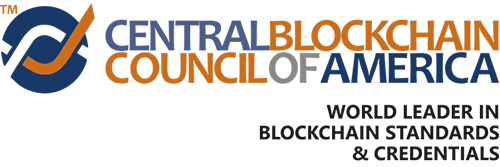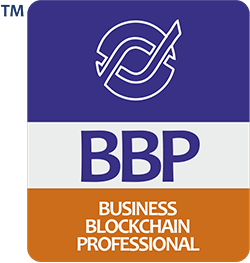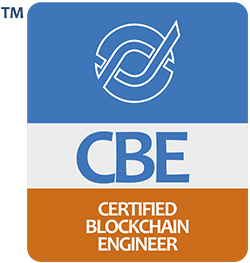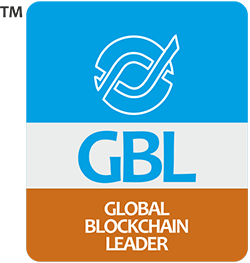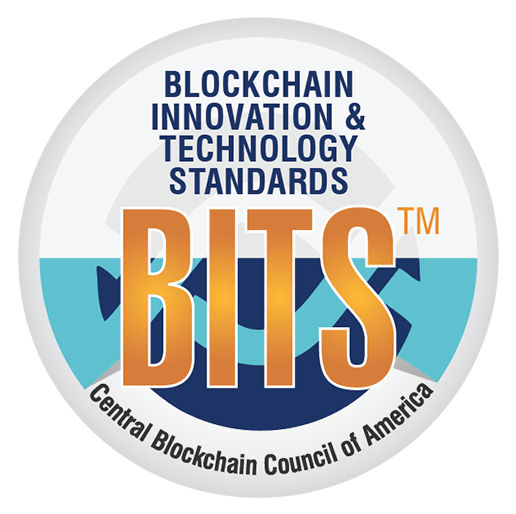Aug 28, 2019
Don Tapscott, the CEO of the Tapscott Group and the co-founder and Executive Chairman of the Blockchain Research Institute, says blockchain could be a larger impact than the internet. Combine that with another budding tsunami, the IoT, and we get the biggest opportunity and the biggest challenge of our times.
Gartner has predicted, by 2020 the Internet of Things (IoT) will bring 26 billion devices under its umbrella. Cisco says this number can extend up to 50 billion. Blockchain can ideally manage this network as it is designed to address a large amount of data and transactions. The question is how to build a framework that can put these gargantuan figures in a seamless process and a technology that doesn’t fall prey into wrong hands. Current efforts seem to be scattered. However, Governments and big companies are taking the lead.
Budding Governance Systems:
Tech and Governance leaders agree on the operational complexities of blockchain. The contemporary online laws built during the difficult yet containable internet times fail to address this mammoth challenge. This is why they are coming together to forge:
- Internet Engineering Task Force to create standards for the internet.
- Internet Governance Forum to create policies for the Governments.
- W3C Consortium to create standards for the worldwide web.
- Internet Corporation for Assigned Names and Numbers (ICANN) to give domain names.
And dozens of other regulatory frameworks too. But whatever we do looks like a bubble in the sea cause the technology’s impact and risks are likely to far exceed than whatever we fathom them to be right now.
Promising Developments in The Private Space:
IBM’s Watson Internet of Things platform allows users to create private ledgers that promote secure use of data. IOTA uses an exclusive method “Tangle” to obtain a consensus among the network participants. The IOTA project aims to enable smart IoT devices to operate without any human intervention. For example, IOT enabled driverless cars can approach IOTA network to access ridesharing, pay charging stations and do auto maintenance. Imogen Heap, a UK based best-selling singer and songwriter, and Mycelia are building Consensus Systems, a blockchain-based Ethereum platform to distribute and sell song rights. In 2017, Intel came up with its zero-touch and secure IoT device. The same year Cisco systems disclosed their “blockchain based IoT device identity verification and anomaly detection”
The Road Ahead:
Blockchain is the key to IoT connectivity. It makes IoT decentralized, offers better security and adds a perfect blend of control and freedom. This convergence also paves the way for “intelligent automated insurance policy applications”. Insurance is currently the fastest growing industry. Industry 4.0 necessitates end-to-end data approach and automated decision. Another grand avenue for blockchain and IoT. International data corporation (IDC) says blockchain, IoT and cognitive computing will lay the foundation for the next-gen ERP. Smart buildings and energy management can also leverage benefits from this combination. The possibilities are unlimited for this duo. Though the route is temporarily marred by blockades like interoperability and scalability, the ride is going to be swift and smooth once these operational hurdles are crossed through. The question remains how soon!
